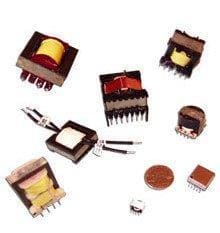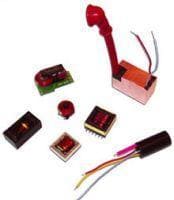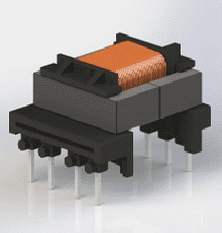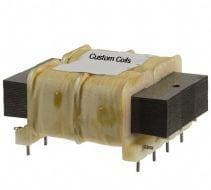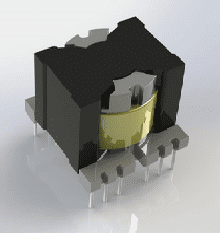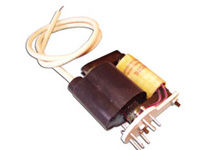
The electrical industry has come a long way and has seen several advancements in the equipment, components, devices, and technologies used. Transformers are such devices. There are several different types of transformers used today in a variety of applications. Step-down, step-up, and flyback transformers are a few examples of transformers used in the electrical industry. What are Flyback transformers? What are they used for? This post will shed some light upon the design, operation, and applications of flyback transformers. Read on to know more.
What are Flyback Transformers?
Flyback transformers are a type of electrical transformer, which are intended to produce high voltage signals at a comparatively high frequency. These signals are typically sawed tooth-shaped. Most of the time, these transformers are also referred to as line output transformers (LOPT). The main purpose of inventing these transformers was to make it easier to control the movement of electron beams in a cathode ray tube (CRT). Nowadays, these transformers are being used largely in switching mode power supplies (SMPS). The line output transformers can be used in both, the high voltage (above 10 kV) as well as low voltage (3 V) supplies.
How Do Flyback Transformers Operate?
The operation of Flyback transformers involves two or three stages that are repeated. These three stages of operation are as follows:
- Charging Stage – The line output transformer uses power source to draw current. The current goes on increasing and causes the magnetic field flux to increase. The magnetic field helps to store the energy. The energy stored is given by the following equation:
E = (I x I x L) / 2
Where,
E = Stored Energy
I = Current in Amps
L = Inductance in Henry
The current is calculated by the following differential equation:
V(t) = L x di/dt
- Discharging Stage – When a switch is opened, it interrupts the current from the source. This causes the magnetic flux to decrease, which results in negative flux change. A voltage is induced in the opposite direction than that induced during the charging stage. The reversed voltage induces current flow. However, this current is not allowed to flow through power source by the open switch. The decrease in the magnetic field is slowed down by the induced current, which results in a lower induced flyback voltage.
- Idle Stage – As the name suggests, this is the stage in which the input current, as well as the output current of the transformer or inductor is at zero value. This occurs when the energy stored in the transformer is completely discharged.
Where are the Flyback Transformers Used?
There are a number of areas, where flyback transformers are used on a large scale. This is because of the several benefits that they offer.
- Communication Devices
- Aeronautical Appliances
- Cathode Ray Tubes
- Electrical Converters and Inverters
This was just an insight into flyback transformers that you need to know before actually purchasing one for your applications. For more information on the topic, you can always consult our engineering that have experience and expertise in transformers manufacturing. If you are looking for an experienced, reliable, and well-known manufacturer, then you should consult Custom Coils. The company has a team of skilled staff, who is always ready to help you with all your application requirements related to flyback transformers.

